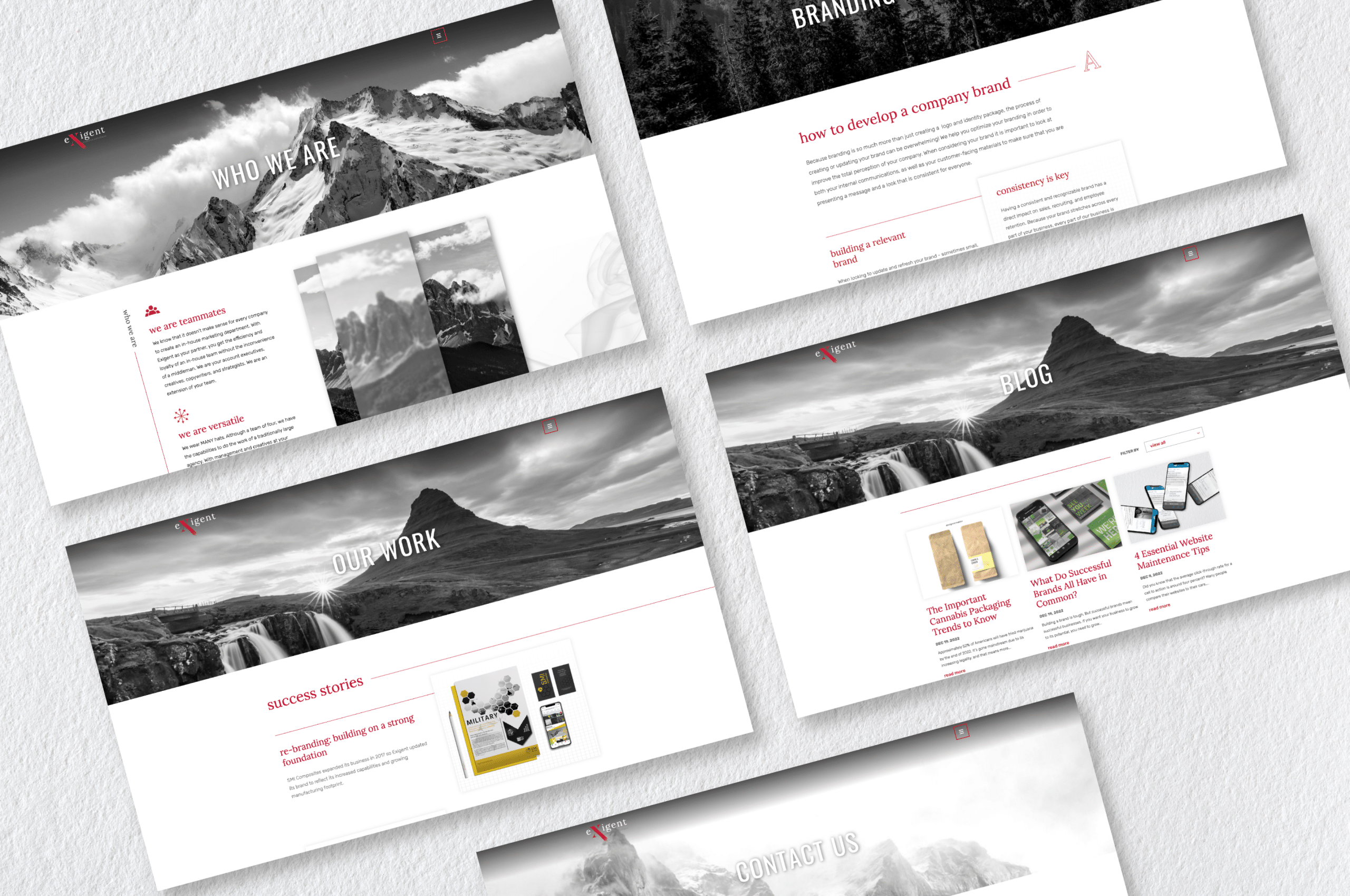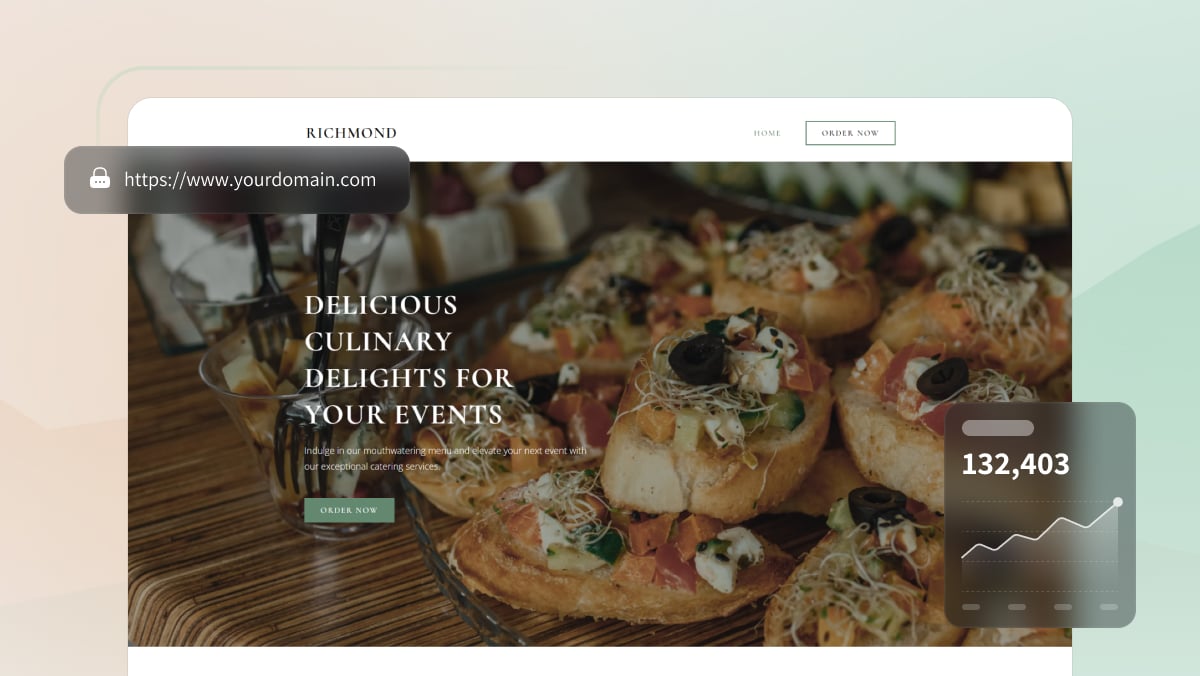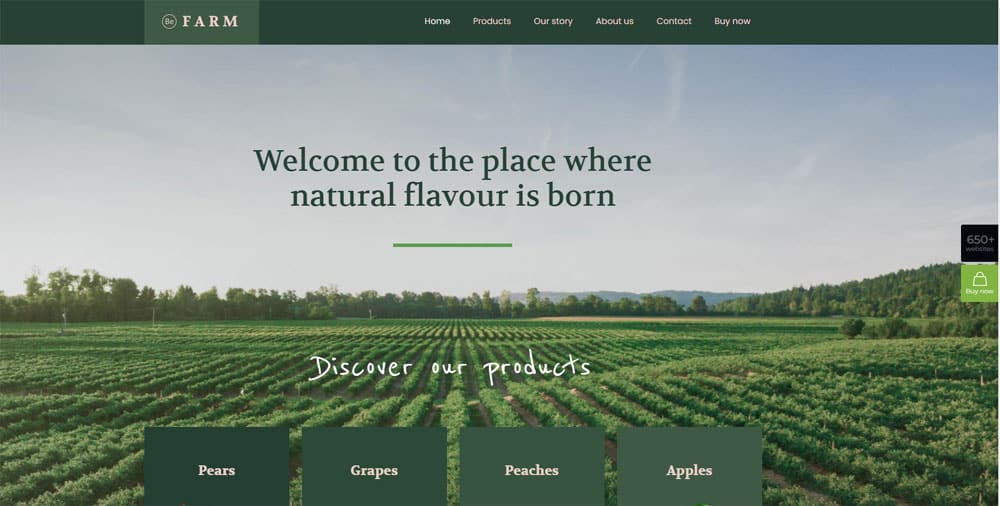How to Choose the Perfect Website Layout for Your Brand Goals
Your website is more than just a digital brochure—it’s your brand’s first impression, sales machine, and trust builder all rolled into one. And at the heart of every great website is a well-thought-out layout.
But with so many design choices, how do you know which layout will support your brand’s goals? Whether you’re building a site from scratch or redesigning an existing one, the layout you choose can either guide visitors seamlessly toward action—or leave them confused and clicking away.
In this guide, we’ll walk you through how to choose the perfect website layout for your brand goals, step by step. Whether your goal is lead generation, brand awareness, sales, or storytelling, you’ll find actionable tips to match your layout to your mission.
🔍 Why Website Layout Matters
Before we dive into the how-to, let’s look at why your website layout plays such a crucial role.
-
First impressions happen fast – Visitors form an opinion about your site in under a second. Your layout sets the tone.
-
Guides user behavior – Strategic layout choices lead users toward key actions: signing up, buying, booking, etc.
-
Reflects your brand identity – Clean, bold, minimalist, vibrant—your layout communicates who you are before a word is read.
In short, your website layout is a visual representation of your brand’s strategy.
🧭 Step-by-Step Guide: How to Choose the Perfect Website Layout for Your Brand Goals
Step 1: Define Your Primary Brand Goal
Everything starts with clarity. Ask yourself:
-
Are you trying to sell products (eCommerce)?
-
Generate leads or inquiries?
-
Showcase a portfolio?
-
Educate and inform via content?
-
Build brand trust or awareness?
Once your primary goal is clear, you can match a layout that prioritizes those results.
🔹 Example:
If you run an online store, your layout needs prominent product displays, quick navigation, and strong calls to action. But if you’re a photographer, a visually immersive portfolio layout may serve you best.
Step 2: Understand Your Target Audience
Your layout should match the expectations and preferences of your ideal visitors.
Ask:
-
Are they tech-savvy or not?
-
Do they browse mostly on mobile or desktop?
-
Are they looking for fast answers or a deeper experience?
🔹 Tip:
Use tools like Google Analytics, Hotjar, or surveys to learn how users engage with your current site (if you have one). This data helps shape layout decisions.
Step 3: Choose a Layout Style That Matches Your Brand Personality
Your brand identity—tone, style, and vibe—should influence layout choices.
| Brand Personality | Suggested Layout Style |
|---|---|
| Minimalist | Clean, white space, grid-based |
| Bold & Creative | Asymmetrical, full-screen visuals |
| Corporate & Trustworthy | Structured, modular, conventional navigation |
| Youthful & Trendy | Dynamic scrolling, card-based layouts, vibrant elements |
Consistency is key. Your layout should feel like a seamless extension of your brand voice.
Step 4: Map Out Key Content and CTAs
No matter how beautiful a layout is, if it doesn’t guide users to take desired actions, it’s not working.
-
Decide on your primary call-to-action (CTA): Buy, Sign Up, Contact, etc.
-
Place CTAs above the fold and repeat strategically throughout the page.
-
Highlight key content: testimonials, product features, benefits, etc.
Use a wireframe tool (like Figma, Balsamiq, or even pen and paper) to sketch where each element will live.
Step 5: Consider Navigation and User Flow
Good layouts guide users intuitively.
-
Stick to standard navigation (top or side menu) for ease.
-
Use breadcrumbs or progress indicators for multi-step flows (like checkout).
-
Ensure users can get from homepage to any essential page within 3 clicks.
The easier it is for users to find what they want, the more likely they are to convert.
Step 6: Optimize for Mobile-First
With over 60% of web traffic now on mobile, your layout must be responsive and mobile-friendly.
Best Practices:
-
Prioritize vertical scrolling
-
Use larger buttons and readable fonts
-
Stack columns instead of shrinking content
-
Test on multiple devices and screen sizes
Many builders like Webflow, Squarespace, or WordPress themes offer responsive templates to start from.
Step 7: Choose the Right Website Builder or CMS
Your layout choice may also depend on the platform you’re using. Some platforms are more customizable than others.
| Platform | Best For |
|---|---|
| WordPress + Elementor | Flexibility and blogging |
| Shopify | eCommerce |
| Squarespace | Creative portfolios |
| Webflow | Custom layouts and animation |
| Wix | Easy drag-and-drop setup |
Pick a builder that aligns with your layout goals and technical comfort level.
Step 8: Test, Iterate, and Improve
Once your layout is live, the work isn’t over.
-
Use A/B testing to try variations (e.g., layout with vs. without sidebar)
-
Track bounce rate, time on page, and conversion rate
-
Make small improvements based on data and feedback
Great websites are built through continuous optimization.
💡 FAQs: Choosing the Perfect Website Layout
1. Can I use a template, or should I go custom?
Templates are a great starting point, especially if you’re on a budget or need to launch fast. Many are professionally designed and layout-optimized. If you have highly specific needs or branding, custom design gives you full control.
2. What’s the difference between a layout and a theme?
A layout refers to the structure and arrangement of content (like grids, headers, sidebars). A theme includes layout plus styling—colors, fonts, and visual design. You can often change layouts within a theme.
3. How many layout types are there?
Common layout types include:
-
F-Layout: Mimics natural reading patterns (great for blogs or content-heavy sites)
-
Z-Layout: Encourages quick scanning (ideal for landing pages)
-
Grid Layout: Organized, visual-heavy content (great for portfolios or product listings)
-
Single Page Layout: One long scroll (popular for startups or events)
Choose based on content needs and user expectations.
4. How important is visual hierarchy in layout?
Very! Visual hierarchy directs the user’s attention. Use size, color, whitespace, and positioning to emphasize what matters most—like CTAs or key benefits.
5. What if my layout looks great but doesn’t perform?
Function trumps form. If users aren’t converting, revisit your user flow, CTA placement, and messaging. Tools like heatmaps and session replays can reveal where users get stuck or lose interest.
🎯 Final Thoughts: Choose With Purpose
Choosing the perfect website layout for your brand goals isn’t about following trends—it’s about strategy, clarity, and your audience. Every visual and structural choice should serve a function: to help your visitors achieve their goal, and in turn, help you achieve yours.
Here’s a quick recap of the process:
-
Define your brand’s primary goal
-
Understand your audience and their behaviors
-
Match your layout to your brand personality
-
Plan for content hierarchy and CTAs
-
Design for navigation and ease of use
-
Prioritize mobile responsiveness
-
Choose the right platform or builder
-
Test and optimize continuously
With a purpose-driven layout, your website won’t just look good—it’ll work hard for your brand, day and night.
👇 Ready to Start?
If you’re feeling overwhelmed, start small. Choose a layout template that aligns with your brand, tweak it to suit your goals, and refine it over time. You don’t need perfection on day one—you just need a layout that supports your mission.
Need help deciding which layout suits your business? Drop your brand goals in the comments, and I’ll suggest a few layout ideas tailored to you!





